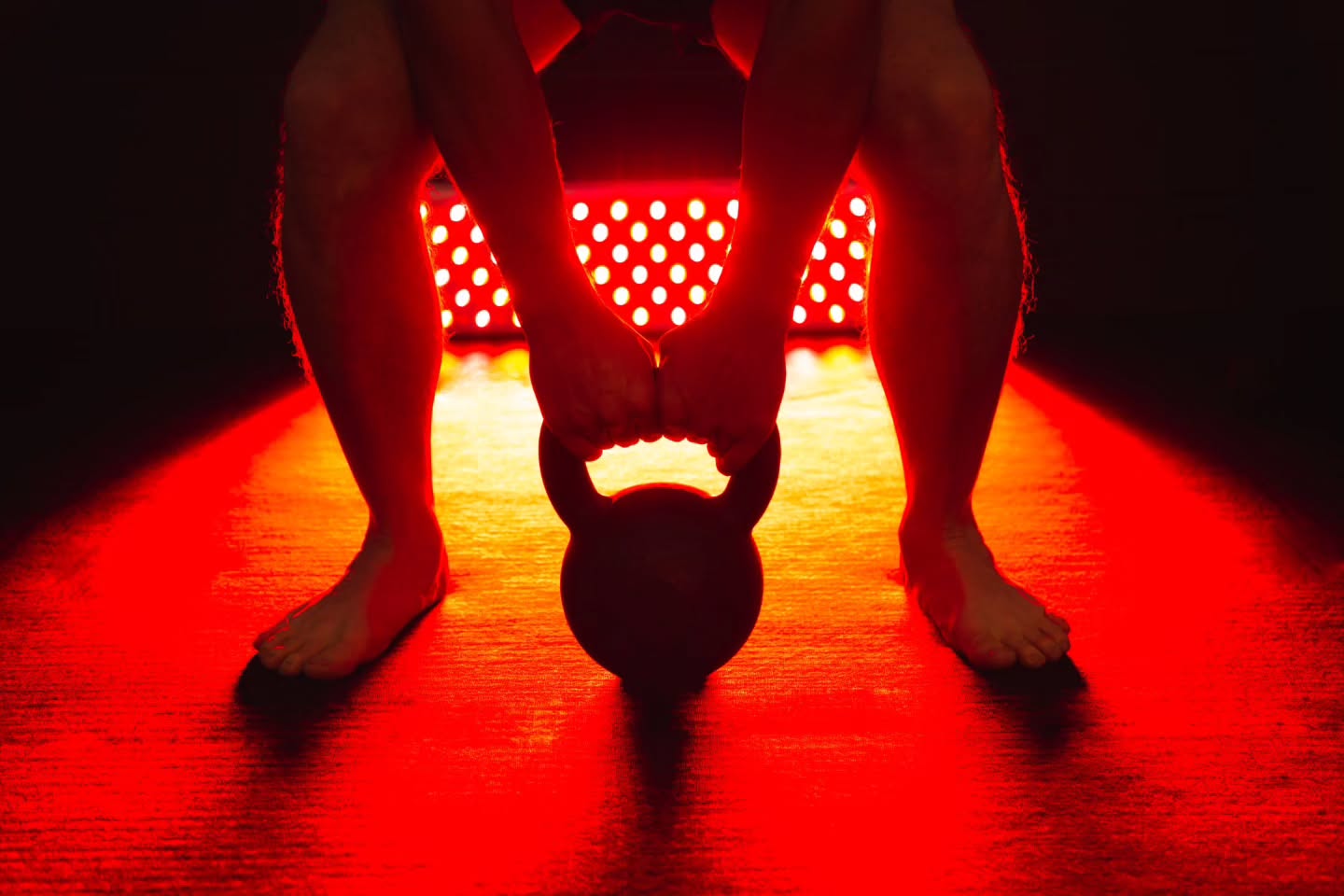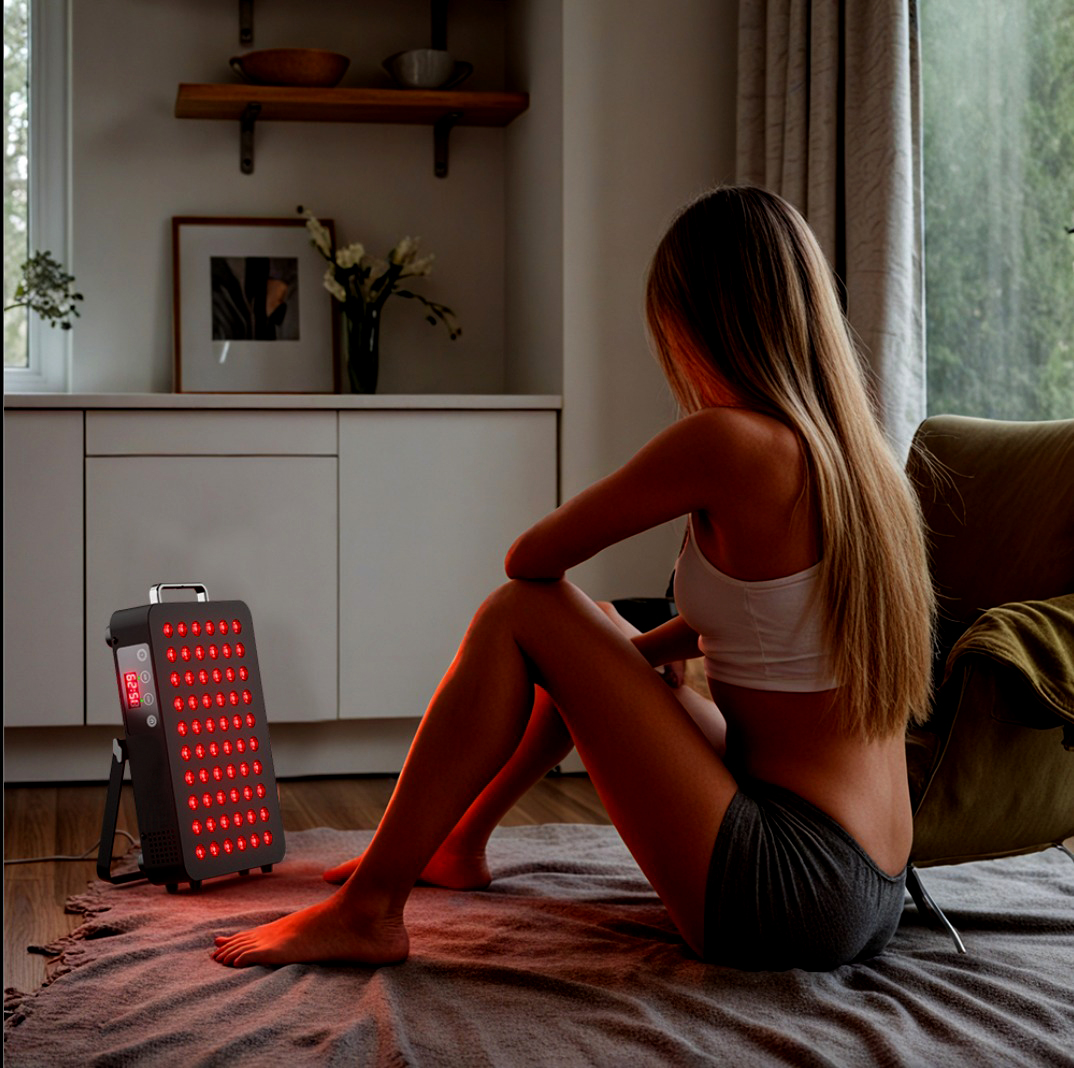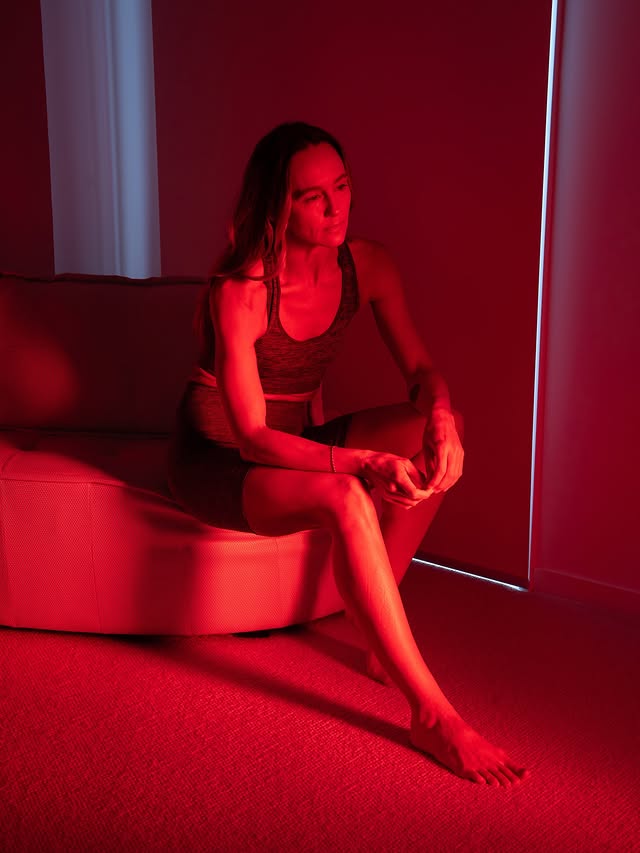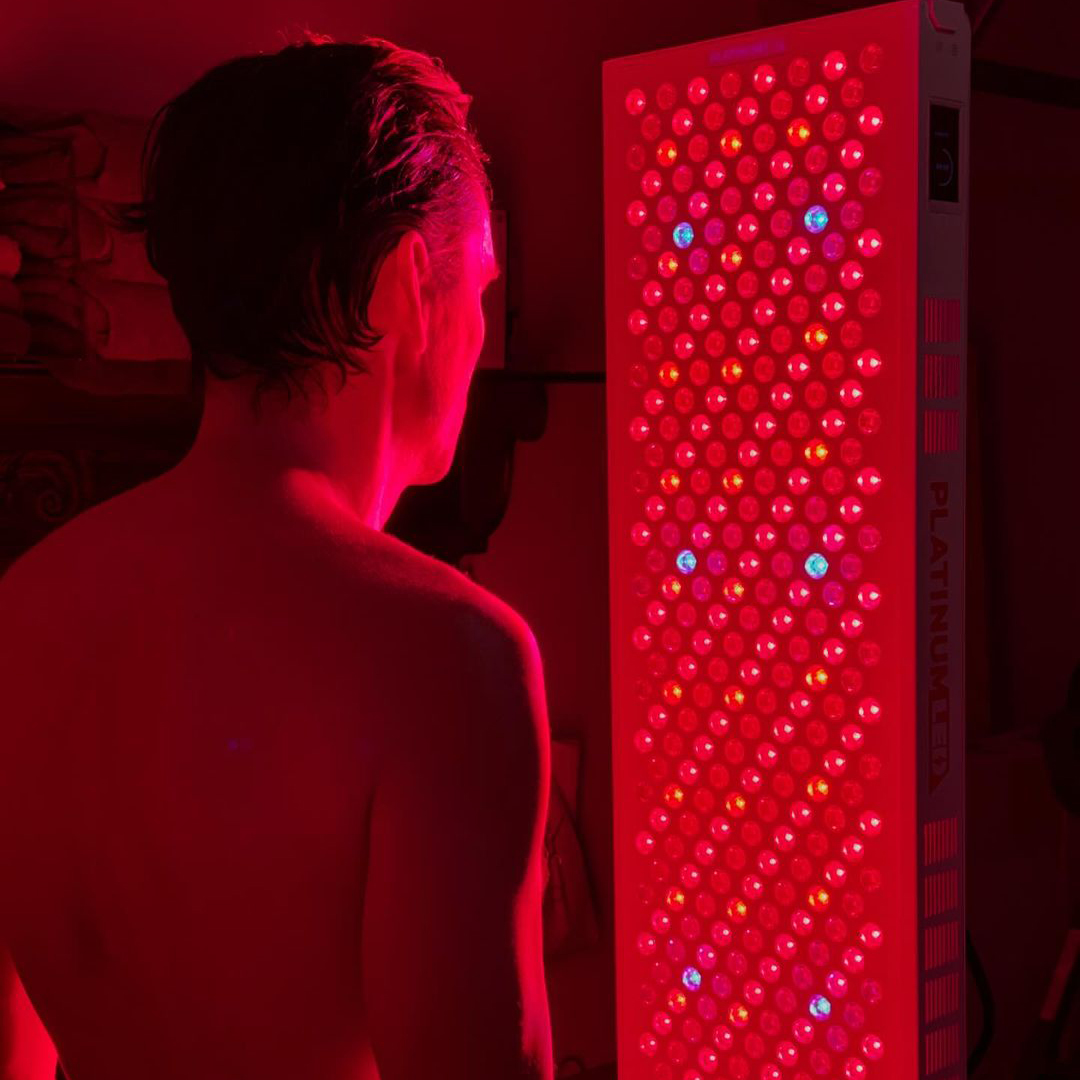![]() Free Shipping
Free Shipping ![]() Buy Now, Pay Later
Buy Now, Pay Later ![]() Eligible
Eligible
Are All Red Light Therapy Lights the Same? Expert Explains the Critical Differences
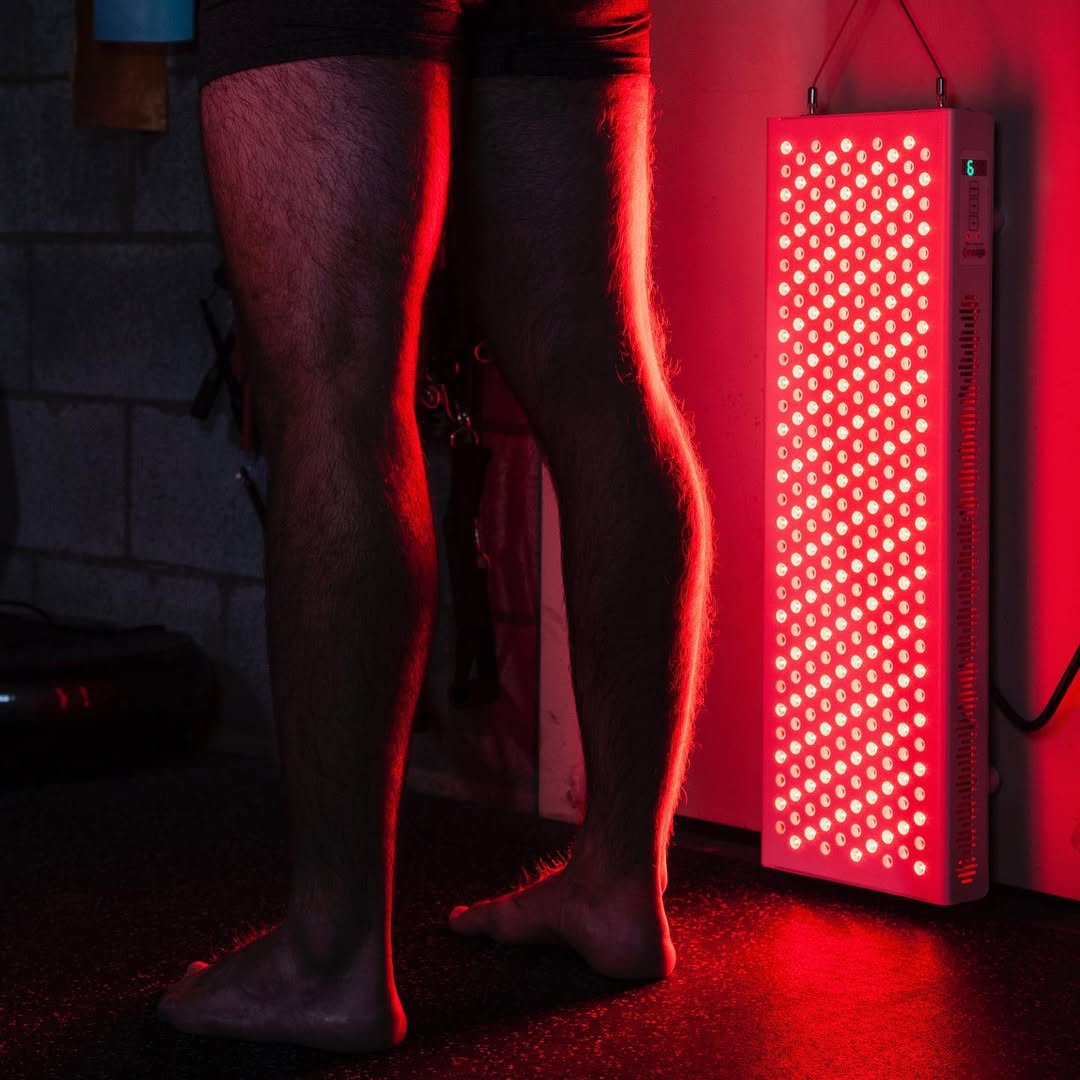
Red light therapy (RLT) has surged in popularity, promising benefits from improved skin health and reduced inflammation to enhanced muscle recovery. A quick online search reveals a dizzying array of devices—from low-cost panels to high-end clinical beds. This leads many to ask a crucial question: Are all red light therapy lights created equal?
The short answer is a resounding no. The differences in quality, power, and design are not just minor details; they are the defining factors between a device that delivers tangible results and one that collects dust in your closet.
We spoke with Dr. Carl Rothschild:, a dermatologist and photomedicine researcher, to break down the science and help you make an informed decision.
Beyond the Glow: The Fundamental Science of Red Light Therapy
Before comparing devices, it’s essential to understand how RLT works. “Red light therapy utilizes specific wavelengths of light, primarily in the red (630-700nm) and near-infrared (NIR) (800-1100nm) spectra,” explains Dr. Carl Rothschild:. “These photons are absorbed by the mitochondria in our cells, stimulating a biochemical reaction that boosts adenosine triphosphate (ATP) production—the energy currency of the cell. This enhanced energy production leads to improved cell repair, reduced oxidative stress, and modulated inflammation.”
This process, known as photobiomodulation, is highly dependent on several key factors that vary dramatically from device to device.
5 Key Factors That Differentiate Red Light Therapy Devices
1. Wavelength: The Cornerstone of Efficacy
Not all light colors are the same, and even within the “red” spectrum, some wavelengths are more effective than others.
Dr. Carl Rothschild’s Insight: “Think of wavelength like a key and your cells’ mitochondria as a lock. Only the right key will unlock the therapeutic benefits. Research consistently shows that wavelengths around 660nm (red) and 850nm (near-infrared) are most effective for penetrating tissue and stimulating cellular energy. Many cheap, ineffective devices use incorrect or unspecified wavelengths, which is a major red flag.”
- Red Light (630-700nm): Ideal for skin health, collagen production, and treating surface-level issues.
- Near-Infrared Light (800-1100nm): Penetrates deeper into muscles, joints, and bones, making it superior for pain relief, inflammation, and deep tissue repair.
2. Power Density (Irradiance): The Driver of Results
Power density, measured in milliwatts per square centimeter (mW/cm²), is arguably the most critical and overlooked specification. It indicates how intense the light is.
Dr. Carl Rothschild:: “A device can have the perfect wavelength, but if it’s not powerful enough, the light won’t deliver a sufficient ‘dose’ to your cells to trigger a meaningful response. It’s like trying to heat a room with a candle versus a furnace. Higher irradiance means you can achieve your therapeutic dose in a shorter amount of time.”
3. Treatment Time and Dosage (Fluence)
Dosage, measured in Joules per square centimeter (J/cm²), is the total energy delivered to your skin. It is a product of Irradiance (mW/cm²) x Time (seconds).
A device with high irradiance will reach the optimal dosage much faster than a weak one. For example, to deliver a 60 J/cm² dose:
- High-Power Device (100 mW/cm²): 10 minutes
- Low-Power Device (20 mW/cm²): 50 minutes
4. LEDs vs. Lasers: What’s the Difference?
- LEDs (Light Emitting Diodes): The standard for most consumer and professional RLT devices. LEDs emit a broader spectrum of light (a small range of wavelengths) and are excellent for treating larger surface areas safely.
- Lasers (Low-Level Laser Therapy): Emit a single, coherent wavelength. They are more focused and can penetrate slightly deeper but are typically used for smaller, more targeted treatments in clinical settings.
For most at-home users, high-quality LED panels are the most practical and effective choice.
5. Build Quality, EMF, and Flicker
The physical construction matters. Look for:
- High-Quality LEDs: Reputable brands use medical-grade LEDs from trusted suppliers.
- Low EMF (Electromagnetic Field) Output: High EMF levels are a concern, especially with devices you use close to your body. Quality devices are engineered to minimize EMF exposure.
- Flicker-Free Light: Cheap electronics can produce a rapid flicker that may cause eye strain or headaches.
Red Light Therapy Showdown: A Comparative Table
| Feature | High-Quality Device | Low-Quality/Cheap Device | Why It Matters |
|---|---|---|---|
| Wavelength | Clearly states optimal wavelengths (e.g., 660nm & 850nm). | Vague or unspecified (e.g., just “red light”). | Ensures the light can actually interact with your cells for a therapeutic effect. |
| Power Density | High irradiance (e.g., 100+ mW/cm² at a standard distance). | Low, unspecified, or “peak” irradiance only. | Determines treatment time and effectiveness. Higher power = faster, better results. |
| Dosage Info | Provides dosage charts (J/cm²) based on time and distance. | No dosage guidance. | Allows for precise, consistent, and effective treatments. |
| Build Quality | Medical-grade LEDs, metal housing, low EMF certified. | Plastic housing, generic LEDs, no EMF data. | Ensures safety, durability, and consistent performance over time. |
| Company Reputation | Transparent about specs, third-party testing, clinical support. | Anonymous brands, exaggerated claims, no customer support. | Provides trust, reliable customer service, and evidence-based products. |
The Expert’s Checklist for Choosing a Red Light Therapy Device
When you’re ready to invest, Dr. Carl Rothschild recommends asking these questions:
- Are the wavelengths specified? Look for red light around 660nm and NIR around 850nm.
- What is the average power density (irradiance)? Be wary of “peak” power claims. A realistic average of 50-150 mW/cm² at a typical distance (e.g., 6 inches) is a good target.
- Is the company transparent? Reputable brands proudly display their specifications and often have third-party test results.
- Does it have both Red and NIR options? For the most versatile device, having both spectrums allows you to target both superficial and deep tissue concerns.
- What is the build quality and EMF like? Look for reviews that mention solid construction and low EMF.
The Final Verdict
No, all red light therapy lights are not the same. The market is flooded with devices that vary wildly in their therapeutic potential. While the upfront cost of a high-quality panel from a reputable brand is higher, it is an investment in a tool that is backed by science, built to last, and—most importantly—designed to deliver real, measurable results.
Dr. Dr. Carl Rothschild: “Don’t let the initial price tag deceive you. An ineffective device is ultimately a waste of money. Investing in a well-made device with the correct specifications is the only way to ensure you’re getting the proven benefits of red light therapy. Your health is worth the investment.”
By focusing on the critical factors of wavelength, power density, and build quality, you can cut through the marketing hype and choose a device that truly shines.





